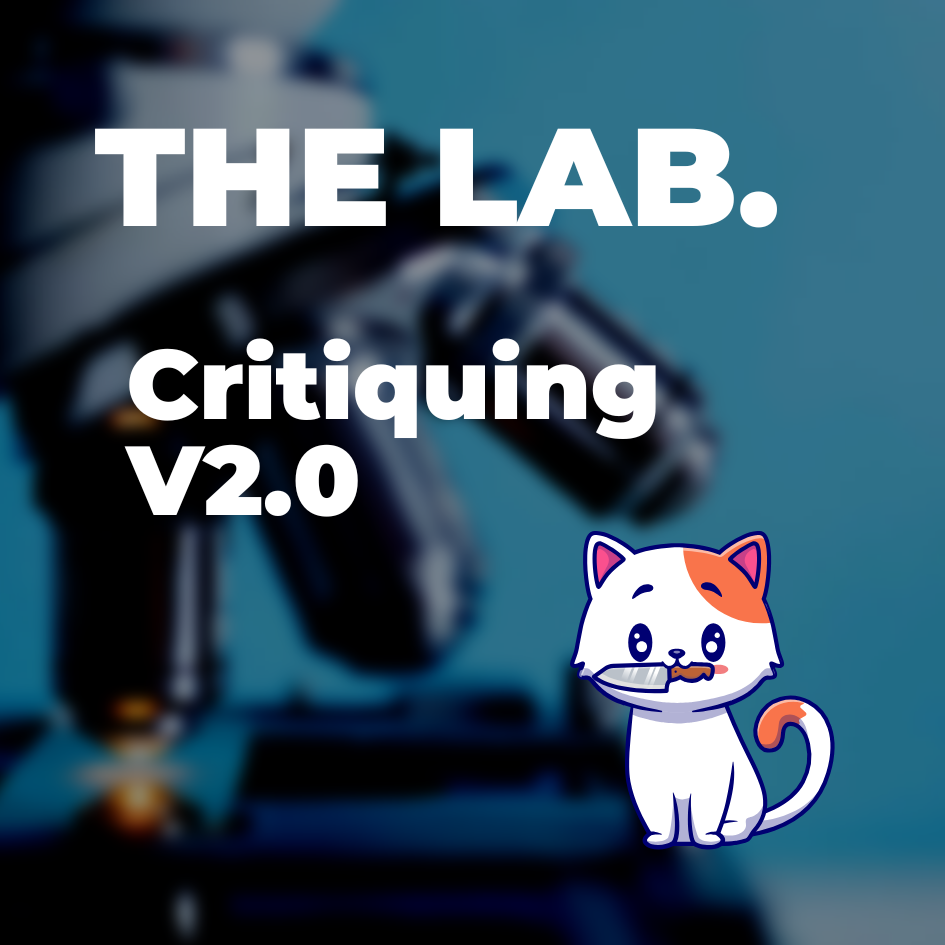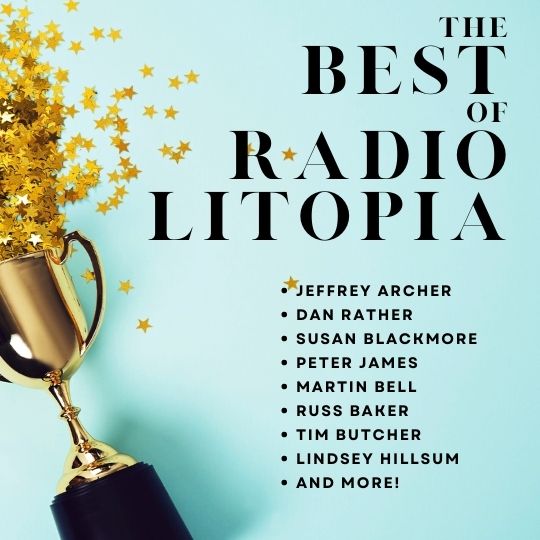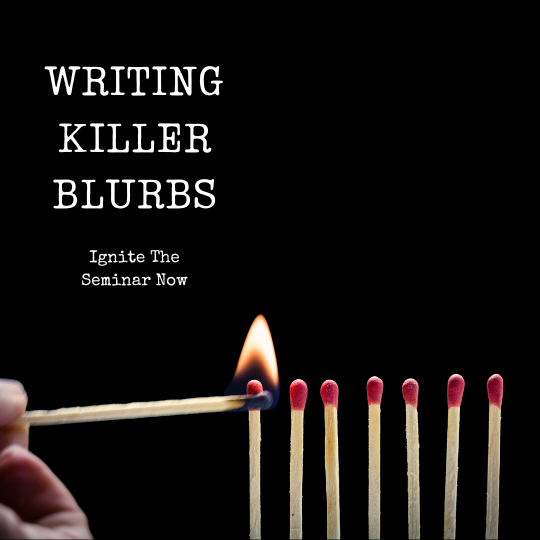E G Logan
Full Member
How was this possible? How could to many people be wilfully blind to so much? Whose job was basic checking, and why was no one doing it?
It began, as Publishers Lunch on 6 March put it:
"David B. Agus, MD, author of THE BOOK OF ANIMAL SECRETS, which was scheduled for publication by Simon & Schuster tomorrow, will recall the book amidst plagiarism concerns".
Citing "numerous issues regarding the text of The Book of Animal Secrets by David B. Agus, MD" publisher Simon & Schuster "has ceased distribution of all formats of the book and advised our retail and distribution partners to return copies of the book".
The publisher's statement continued: "Dr. Agus has decided, with our full support, to recall the book, at his own expense, until a fully revised and corrected edition can be released, and which Dr. Agus is currently working on. We do not currently have a projected publication date for the new version of the book."
Dr Agus said in a statement, via S&S: "I was recently made aware that in writing 'The Book of Animal Secrets' we relied upon passages from various sources without attribution, and that we used other authors’ words. I want to sincerely apologize to the scientists and writers whose work or words were used or not fully attributed."
It didn't end there.
The Los Angeles Times newspaper subsequently investigated Dr Agus' previous books, and found, the paper claims, more than 120 instances of plagiarism in THE END OF ILLNESS, A SHORT GUIDE TO A LONG LIFE, and THE LUCKY YEARS, all published by S&S.
Agus 'co-wrote' his books with 'co-author' Kristin Loberg. By 17 March she had given a statement to the LA Times. "I accept complete responsibility for any errors my work may have contained. I apologize from the bottom of my heart to the authors, publishers, creators of works that were not appropriately credited..."
Agus replied: "I am grateful that my collaborator has confirmed that I did not contribute to, nor was I aware of, any of the plagiarized or non-attributed passages in my books."
According to the LA Times, "at least 95 passages appeared to be copied from other uncredited sources, sometimes word for word" in THE BOOK OF ANIMAL SECRETS. It reported that: "Some of the matching passages go on for multiple pages. Scores of paragraphs are near-exact copies of other people’s work. [My bolding] Few of those original authors are credited in Agus’ books..."
Where did these original words come from? According to the paper, "published material, including newspaper and magazine stories, scientific journal articles, popular science books, Wikipedia and blogs."
Publishers Lunch reports that Loberg is "a widely-used co-author and collaborator, with 13 books published by S&S". That publisher said in a recent statement, "We will review each of these books and where appropriate take action."
Equally ominously, Penguin Random House and Harper Collins told the LA Times that they have also begun reviewing books Loberg worked on. The newspaper says: "Loberg is credited as the co-author or collaborator on at least 45 books currently on the market..."
Today, Loberg's website is completely blank.
It began, as Publishers Lunch on 6 March put it:
"David B. Agus, MD, author of THE BOOK OF ANIMAL SECRETS, which was scheduled for publication by Simon & Schuster tomorrow, will recall the book amidst plagiarism concerns".
Citing "numerous issues regarding the text of The Book of Animal Secrets by David B. Agus, MD" publisher Simon & Schuster "has ceased distribution of all formats of the book and advised our retail and distribution partners to return copies of the book".
The publisher's statement continued: "Dr. Agus has decided, with our full support, to recall the book, at his own expense, until a fully revised and corrected edition can be released, and which Dr. Agus is currently working on. We do not currently have a projected publication date for the new version of the book."
Dr Agus said in a statement, via S&S: "I was recently made aware that in writing 'The Book of Animal Secrets' we relied upon passages from various sources without attribution, and that we used other authors’ words. I want to sincerely apologize to the scientists and writers whose work or words were used or not fully attributed."
It didn't end there.
The Los Angeles Times newspaper subsequently investigated Dr Agus' previous books, and found, the paper claims, more than 120 instances of plagiarism in THE END OF ILLNESS, A SHORT GUIDE TO A LONG LIFE, and THE LUCKY YEARS, all published by S&S.
Agus 'co-wrote' his books with 'co-author' Kristin Loberg. By 17 March she had given a statement to the LA Times. "I accept complete responsibility for any errors my work may have contained. I apologize from the bottom of my heart to the authors, publishers, creators of works that were not appropriately credited..."
Agus replied: "I am grateful that my collaborator has confirmed that I did not contribute to, nor was I aware of, any of the plagiarized or non-attributed passages in my books."
According to the LA Times, "at least 95 passages appeared to be copied from other uncredited sources, sometimes word for word" in THE BOOK OF ANIMAL SECRETS. It reported that: "Some of the matching passages go on for multiple pages. Scores of paragraphs are near-exact copies of other people’s work. [My bolding] Few of those original authors are credited in Agus’ books..."
Where did these original words come from? According to the paper, "published material, including newspaper and magazine stories, scientific journal articles, popular science books, Wikipedia and blogs."
Publishers Lunch reports that Loberg is "a widely-used co-author and collaborator, with 13 books published by S&S". That publisher said in a recent statement, "We will review each of these books and where appropriate take action."
Equally ominously, Penguin Random House and Harper Collins told the LA Times that they have also begun reviewing books Loberg worked on. The newspaper says: "Loberg is credited as the co-author or collaborator on at least 45 books currently on the market..."
Today, Loberg's website is completely blank.



